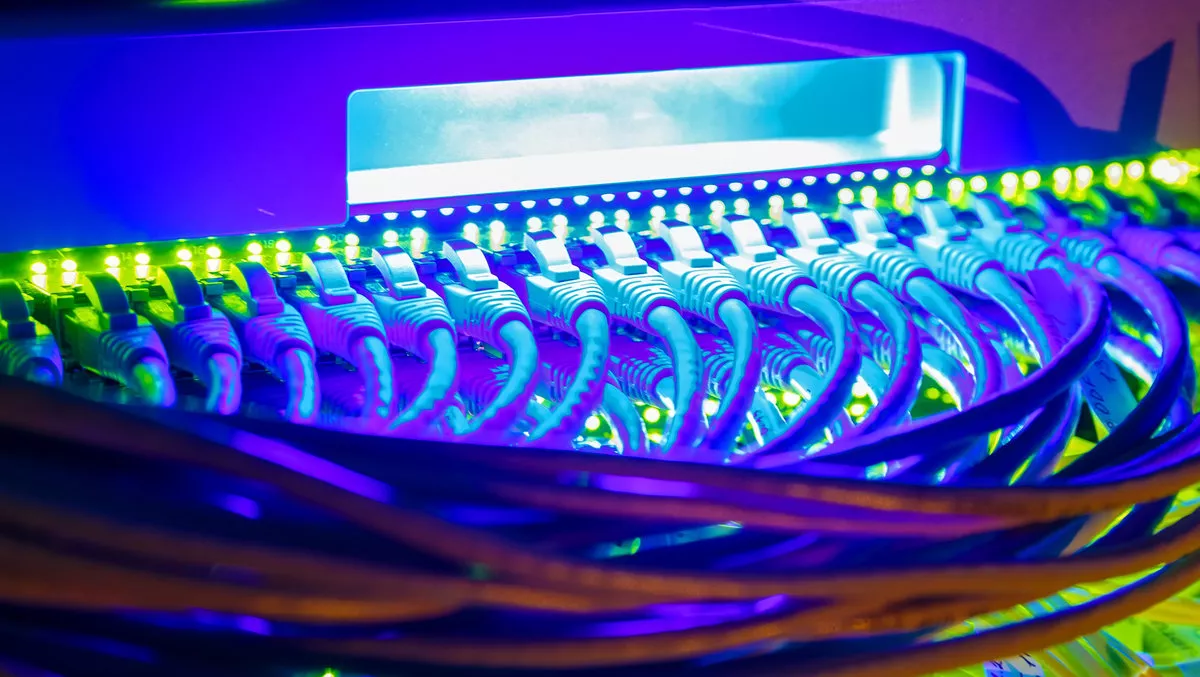
Cisco winner in campus switching market
According to a recent report by Dell'Oro Group, the trusted source for information about the telecommunications, networks, and data IT industries, Cisco's Catalyst 9000 switches were a strong contributor to the campus switching market growth in 1Q 2019. Weakness in HPE and H3C offset some of that growth.
"The worldwide campus switching market grew 6% year-over-year in 1Q 2019, with most of the growth driven by Cisco. Excluding Cisco, the combined revenue of all other vendors declined," says Dell'Oro Group senior director Sameh Boujelbene, Senior Director at Dell'Oro Group.
"Demand for Cisco's Catalyst 9000 is being driven by customers upgrading older products, but Cisco is still in the early stages of the refresh cycle. Dell'Oro Group has a long history of tracking Cisco's Catalyst switch business, and our analysis of historical data indicates that only a small fraction of the installed base been refreshed so far.
Following are additional highlights from the 1Q 2019 Ethernet Switch – Campus Quarterly Report:
- Cisco gained 5 points of revenue share.
- HPE revenue declined in North America due to a change in market dynamics and sales execution issues but is expected to recover next quarter.
- Growth was broad-based across all regions, except China.
- 2.5/5.0 Gbps shipments nearly doubled Y/Y and surpassed well over 1 M ports.
The Dell'Oro Group Ethernet Switch – Campus Quarterly Report offers a detailed view of Ethernet switches built and optimised for deployment outside the data center, for the purpose of connecting users and things to the Local Area Networks.
The report contains in-depth market and vendor-level information on manufacturers' revenue, ports shipped and average selling prices for both Modular and Fixed, and Fixed Managed and Unmanaged Ethernet Switches (100, 1000 Mbps, 2.5, 5, 10, 25, 40, 50, 100, 200, and 400 Gbps), plus regional breakouts.


